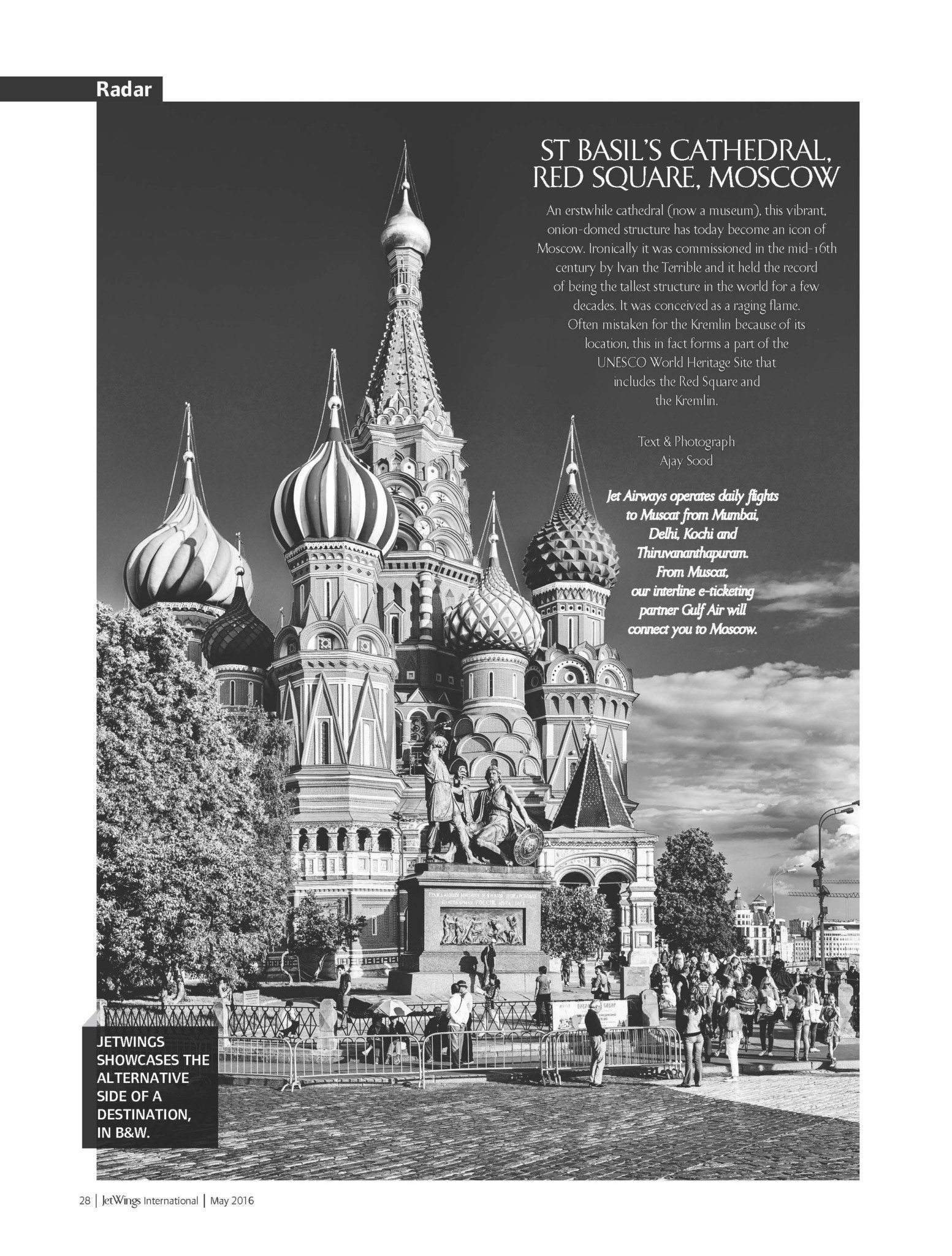Our Planet’s Landmarks Series #12

Oculus Transportation Hub NYC
New York City’s financial district is a straight-jacketed neighbourhood. Here, Oculus stands apart for its radical architecture. It is praise-worthy for its symbolism despite its going over-budget. Santiago Calatrava conceived it as a dove released out of a child’s hand. He called it a symbol of reconstruction and peace.

The practical purpose of building it was a reconstruction of a train terminal. The train terminal had caved in when WTC Twin Towers collapsed during the 9/11 terrorist attacks.

The newly-built train terminal lays four floors below the main atrium of the structure. Passengers use this elliptical atrium as a free-flow walking area. Premium brand stores like Apple, Michael Kors, Hugo Boss, and Breitling line the atrium.

The total amount spent on building Oculus was a whopping $4Bn. This makes it the most expensive train station in the world.
Symbolism and Design

Calatrava designed a 335-foot-long skylight. He did so to allow the ‘Way of Light’ to pass through transit hall’s main hub at exactly 10.28 am. That was the precise moment when the North Tower of the WTC had crashed on September 11, 2001.

Calatrava has used the angle of light as his guiding principle for orienting the hub. He has treated light as a structural element and says that the columns of light support the building.
There is a placard here. It states the skylight of the Oculus will open every year on September 11 to allow the sun to fill the entire space.
Controversies

Besides going over-budget by $2Bn, there also was a delay of over seven years from its planned opening. Additionally, during a stormy day, its roof leaked. Recently, Oculus recorded its first attempted suicide. A man in his forties jumped from its 50-feet high balcony. The first death happened here when a drunken lady fell 34 feet over the escalator handrail.
Despite controversies, Oculus is a stunning structure. It definitely qualifies as our planet’s modern-day landmark!

















